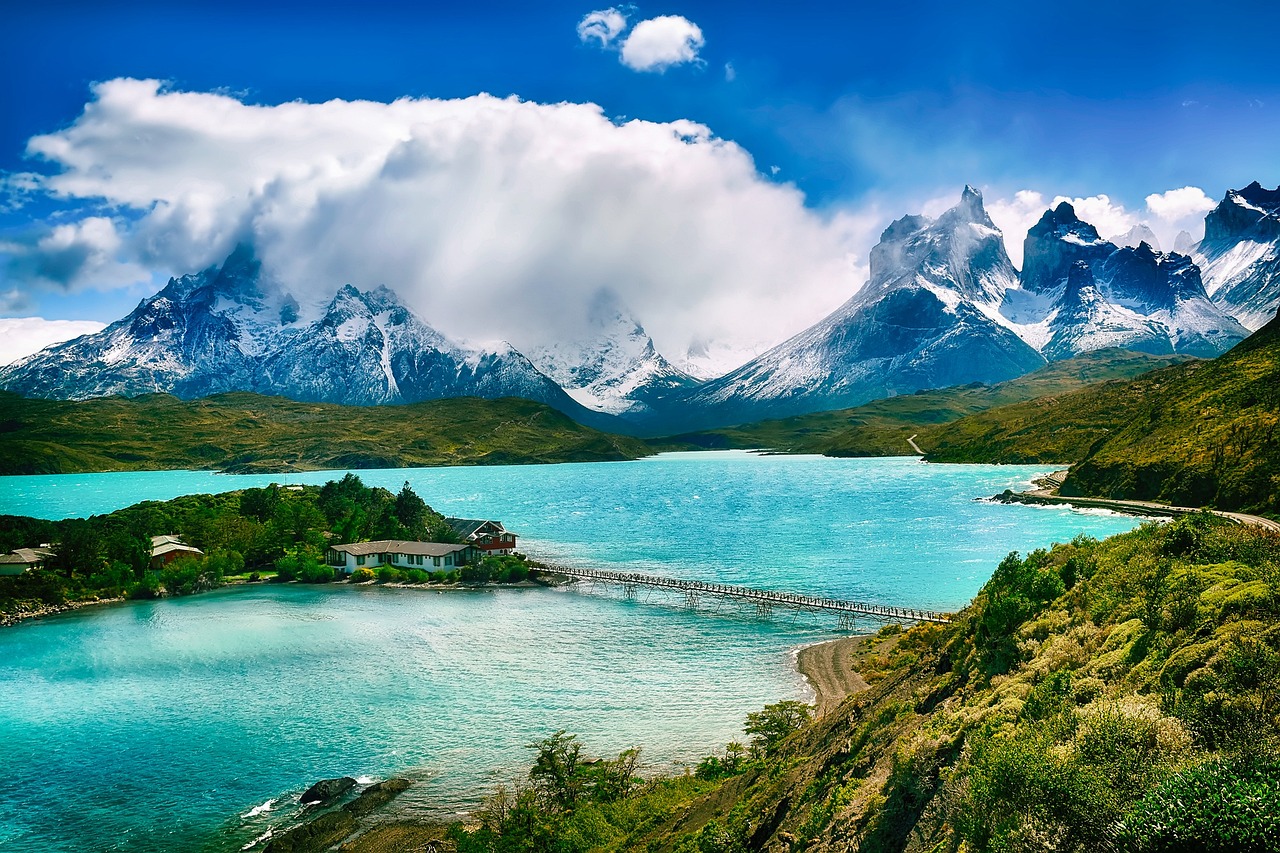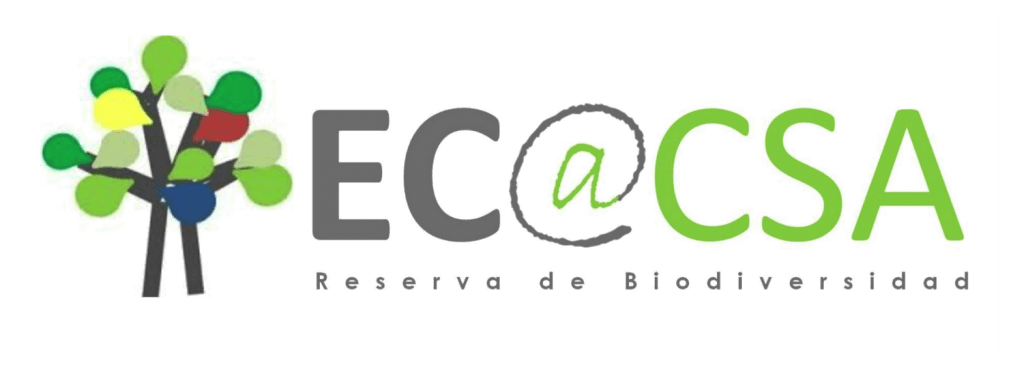This study proposes a methodological framework that combines Geographic Information System and participatory methods (Delphi method and Analytic Hierarchy Process) to map recreation and ecotourism at the municipality level. Attributes selected were singular natural resources, scenic beauty, accessibility, tourism attraction capacity, and tourism use aptitude, which were represented by specific spatial criteria validated and weighted by experts. Two types of indicators were obtained and mapped: i) Recreation and ecotourism potential (REPf) which, based on the selected attributes, measured recreation potential in a 0–100 point scale; and ii) Recreation and ecotourism opportunities (REOi), which adjusting REPf by carrying capacity, measured the visitors per hectare that could sustainably recreate in the study area. The resulting maps were highly consistent with the distribution of areas recognized by the tourism authorities as of interest for recreation development (i.e. areas with emblematic flora and fauna and the presence of public and private protected areas). Overall, the methodology demonstrates an important potential for identifying recreation areas to inform local decision making regarding land use planning.

- Pixabay.com
Mapping recreation and ecotourism as a cultural ecosystem service: An application at the local level in Southern Chile
Main author
Year
Labels
- ecosystem services
- ecotourism

